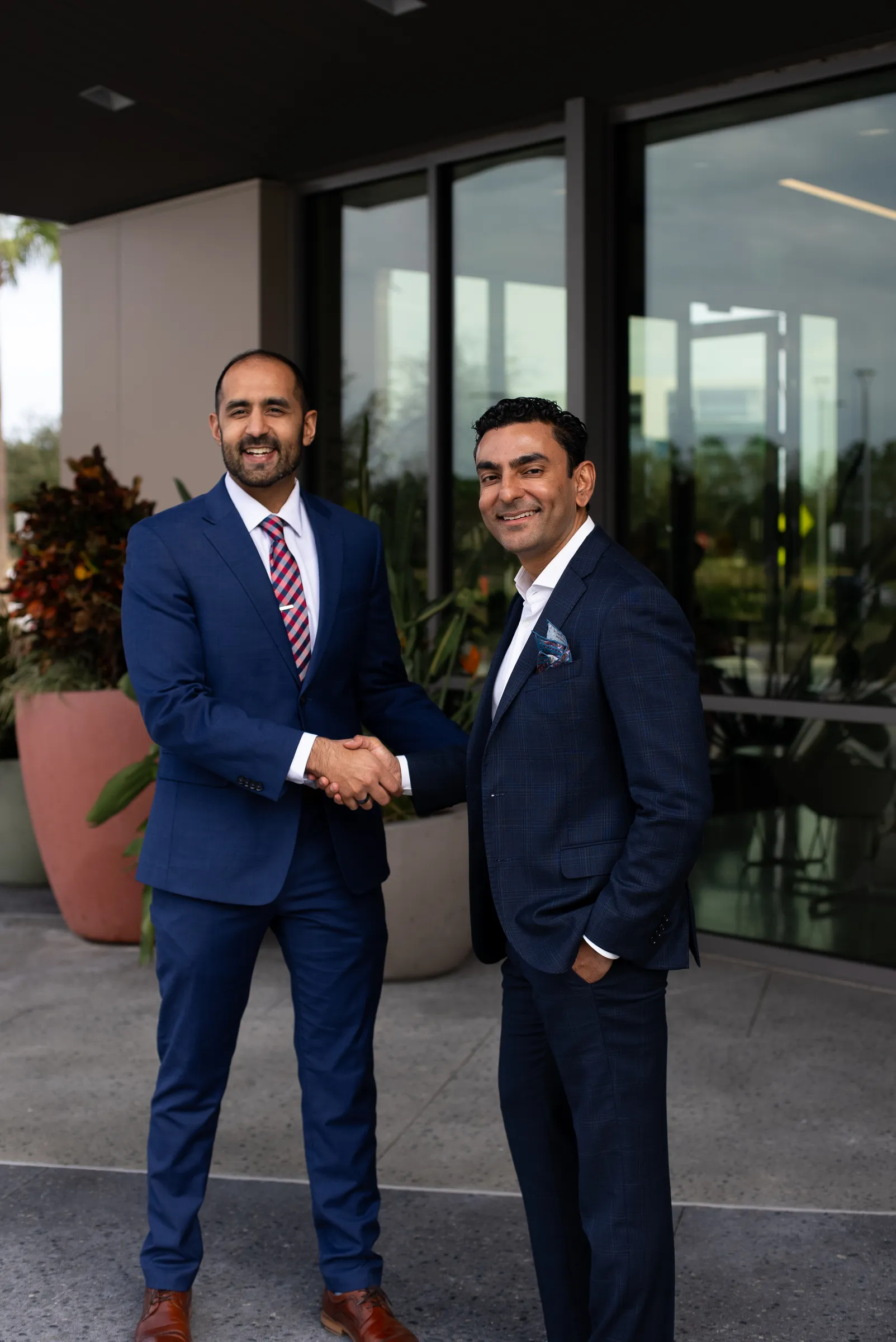This month a patient asked: “What Are My Options For Laser Vision Correction?”
Dr. Patel answered:

PRK stands for photorefractive keratectomy, It was actually the first laser procedure for vision correction (even before LASIK).
LASIK stands for laser in-situ keratomileusis. During the procedure, a laser reshapes the cornea so that light traveling through it is properly focused onto the retina located in the back of the eye.
The recovery process for PRK takes a little longer than with LASIK. A benefit to PRK is that unlike LASIK, PRK does not create a corneal flap, containing both epithelial and the deeper stromal tissue. This allows the entire thickness of the underlying stroma to be treated. This is particularly beneficial to patients whose cornea is too thin for LASIK.
During the LASIK procedure, a thin flap is created by a femtosecond laser. The flap is then pulled back, exposing the underlying stromal tissue of the cornea. An eximer laser, just like the one used in PRK, is then used to reshape the coreal tissue. The flap is then replaced.
Since the superficial layer of cells is not removed, as in PRK, recovery time in LASIK is much more rapid.
Patients who are interested in a quicker recovery should choose LASIK while patients with thin cornea can benefit from the PRK procedure.


